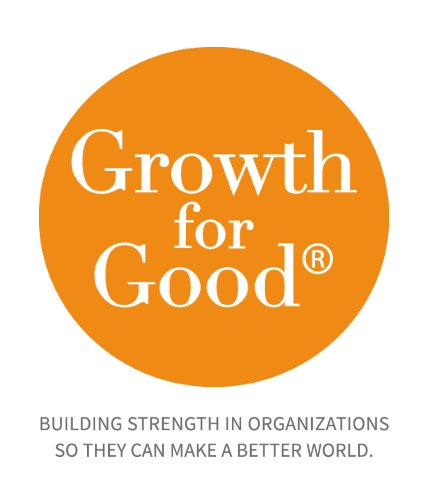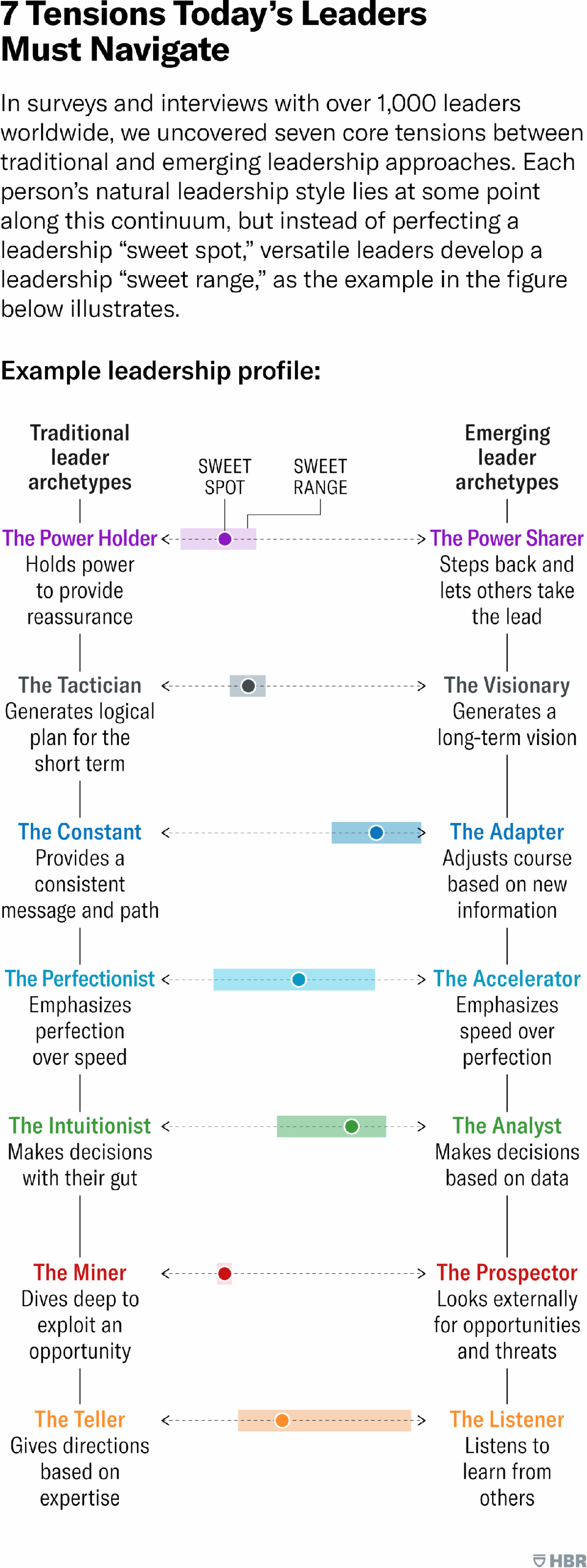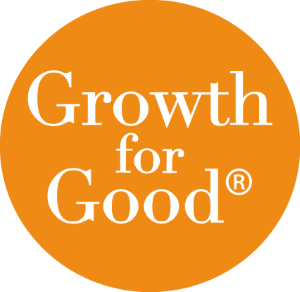Map your “Traditional” or “Emerging” Leadership Style
Many are experienced leaders and others are younger emerging leaders, but they each have their very own natural ability that has gotten them where they are today. However, to perpetually improve and build greater engagement, these leaders also need to adapt to the board and staff leaders who have their own unique styles.
We help Executive Directors, Development Directors, and Board Chairs by bringing best practices to team leadership: C-suites, campaign committees, boards, etc. We discreetly advise leaders on motivating well-intentioned people, promoting strong mission alignment, and inspiring transformation.
The daily juggle is for leaders to make sure that their management style is agile and collaborative enough to effectively lead multigenerational teams of today’s nonprofit sector.
Success depends on leaders becoming more self-aware. Have you delved deep to consider where you are most comfortable? Many executive directors do not conduct a self-evaluation as part of their annual performance review to help identify the areas that they are best at or enjoy the most. These are the areas to model for others! Often a review only focuses on the areas where we struggle most or on tasks that are avoided or put off.
We are inviting you to look within and consider how you can be more adaptive to better manage the people who you manage. Drawing on the Harvard Business Review article on the “7 Tensions Today’s Leaders Must Navigate”, leadership profiles should be explored.
Where would you put yourself on the continuum?
Here are some self-reflective questions to help you use these styles to sharpen your leadership skills and inspire positive change in your organization:
- When strategic planning, are you a leader who can loosen your hold to let other stakeholders have a voice (The Power Sharer)? Could you be a more empathetic Listener and learner? Are there team members who bring knowledge, analytical thinking, communication skills, or other styles who could be relied on to support this process?
- When leading are you often shifting course or wondering off course? Would you benefit from a COO or CFO that’s more of a Constant or Tactician? Could you benefit from an executive coach, mentor, or a detailed plan of action to help you be more directed? Are there interpersonal relationships that you could proactively improve by changing your management style?
- When managing fundraising events, campaigns, or capital projects, where is your “sweet spot” between being The Perfectionist or The Accelerator? How can you stop yourself from getting too into the weeds and focus on cultivating new and increased support for sustainable impact?
- When addressing several complex problems, are you a strong Teller, providing The Constant’s clear direction or do you display transparency with stakeholders, admit mistakes, and take responsibility for your impact on others? Or are you capable of finding that sweet spot on leading with integrity and authenticity?
- When considering a program or market expansion for your services, are you The Intuitionist who relies on her gut to make decisions? Would you benefit from partnering more with The Analyst or The Prospector on your team so growth could be based more on community needs data?
We hope that this article provides a thoughtful framework and prompts as you consider your role in making your nonprofit more effective and efficient – “grow for good,” as we say!
NOTE: This article references a Harvard Business Review article on “Finding the Right Balance – and Flexibility – in Your Leadership Style” by Jennifer Jordan, Michael Wade, and Tomoko Yokoi https://hbr.org/2022/01/finding-the-right-balance-and-flexibility-in-your-leadership-style
Photo by Marc-Olivier Jodoin and Randy Jacob on Unsplash
Recent Posts
Subscribe to Our Newsletter
* These fields are required.
Contact Us
500 Summit Avenue
Maplewood, NJ 07040
P: 973-762-7645
E: contact@growthforgood.com







